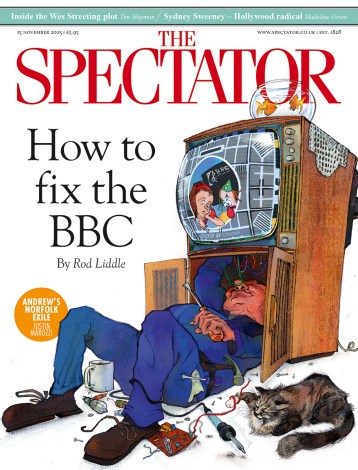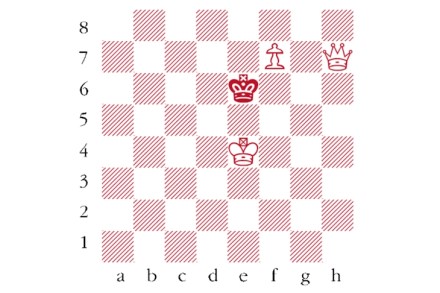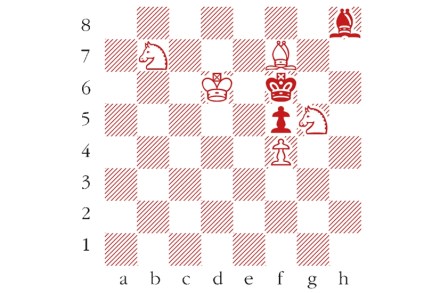A puzzling dozen – answers
1. Alexander Grischuk 2. Stephen King 3. Iepe Rubingh 4. Shohreh Bayat 5. Ding Liren vs Magnus Carlsen 6. White plays 1 Bd2, 2 Ba5, 3 b4. Regardless of Black’s moves, the result is a draw by stalemate 7. The Bongcloud (Attack) 8. Agadmator 9. The Complete Chess Swindler, by David Smerdon 10. Irina Krush



















